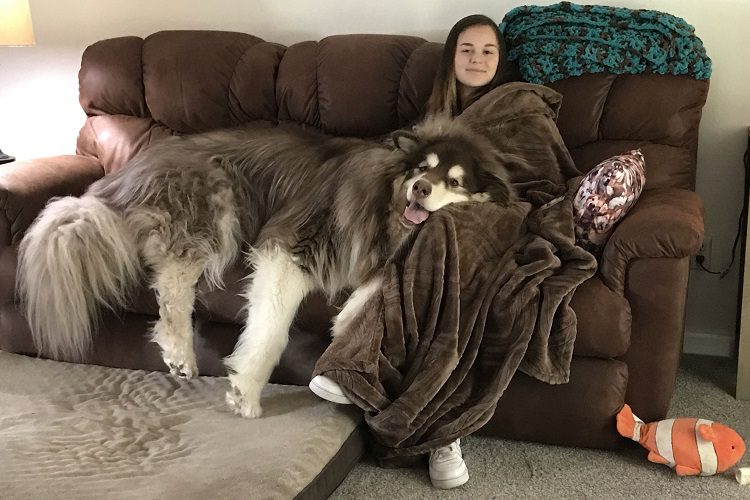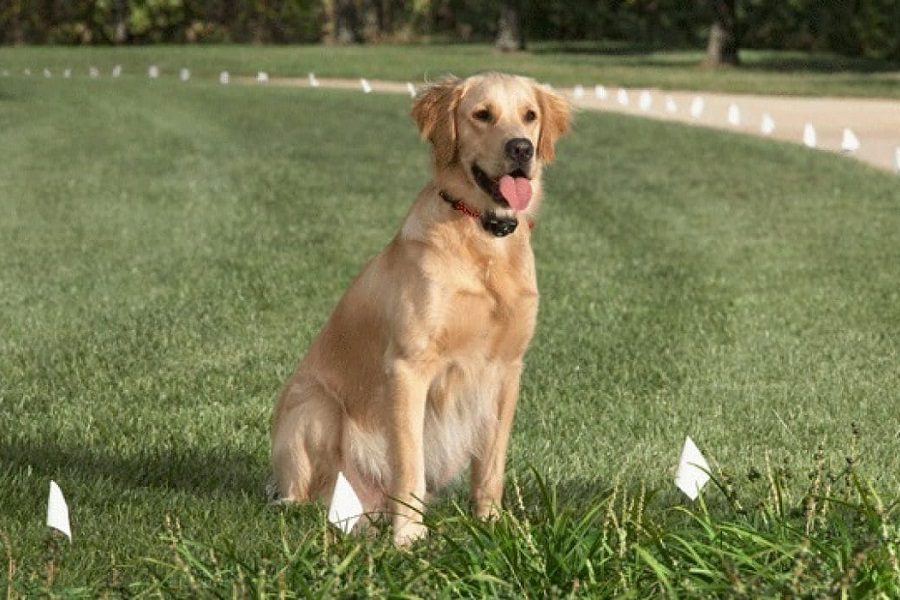Last Updated: 2 years ago
Dogs come in all shapes, sizes, and personalities. But the real question remains: how big will your dog get over time?
There are lots of reasons why you should learn when your dogs are fully grown, so that you are better prepared for what to expect in the future.
Every dog lover knows that dogs are awesome, no matter what size they are.
Puppies are universally adorable, but adult dogs are also cute, charming, and ready to be your best and most loyal friend.
But even if we love and enjoy spending time with all different kinds of dogs, that doesn’t mean all of them are perfect for your home. It is important to know what size your dog will be so that you can give him the fulfilling life he deserves.
A big dog in a tiny apartment is going to be unhappy, and a tiny dog in the wide open countryside is going to be terrified.
Choosing the right dog for your lifestyle and home is essential, and size is a major factor in that decision.
Unfortunately, there is no single easy formula for figuring out how big a dog will get or when it has reached its full size. But there are definitely some guidelines and general rules of thumb that will help you get a pretty close estimate.
Choosing The Right Size Of Dog For You

Your lifestyle and your home are the key factors in figuring out what size dog you should get. This is as much about the dog’s happiness as it is about yours.
If you live in an apartment in the city and don’t have a yard or only have a small yard, you are better off getting a smaller dog. A big guy will feel cramped and frustrated without plenty of room to run around and stretch his legs out.
You should also get a small dog if you are not prepared for a little mess. Big dogs have more hair to shed, eat more food, and it will get everywhere.
Big dogs are also more likely to run into things, accidentally knock stuff over, and otherwise be kind of a klutz—even if they are a super adorable klutz.
So if your home is filled with expensive, fragile items or you like to keep things neat and tidy, go for a smaller dog.
Big dogs are ideal for the countryside or the suburbs, where you’ve got plenty of yard space for your dog to explore and run around. These are also the dogs to get if you want a furry friend to take on nature hikes or camping trips.
If you are the outdoorsy type, a tiny teacup Pomeranian is the last pet you want to take with you on a camping trip.
When Are Dogs Fully Grown?

Different breeds grow to different sizes. Check out a puppy chart like this one that will provide you with a fairly reliable estimate of how big your dog will get and when they will reach their full-grown size.
But keep in mind that this and other charts are usually referring to purebreds. It is easier to figure out the full-grown size of a purebred because they will be consistent with their breed. So here are the steps to figuring out the full-grown size of your purebred:
Look at the parents.
- In general, a purebred dog is going to end up being roughly the same weight and height as its parents.
If you’ve got a mutt, it’s going to be a bit more of a guessing game because you can never be sure which particular mix of genes your dog has. Here are some steps you can take to try and get an idea of how big your mixed breed will get:
- If you know the breed and size of each parent, you can use this information to get a good idea of how big your own dog will get. If the parents are very different sizes, use the mother’s size as a guideline because puppies are usually closer to their mother’s size than their father’s.
- If you don’t know anything about the parents, you can get a rough estimate by weighing your puppy at 4-5 months old and then doubling that amount to get an idea of its adult size.
- Paws can also help you estimate your size. A dog will not grow more than their paws can support. So smaller paws mean a smaller dog, and big, floppy paws mean the puppy will eventually grow big enough that their paws don’t look so floppy and silly.
You might also be concerned about the time frame for when your dog will reach that size. For example, maybe you are in an apartment now but plan to move out to the suburbs in the next couple of years.
Whatever the case may be, here are some very general guidelines about time frames for growth:
- Small breeds usually reach their full height by 6–8 months and their full weight by 12 months.
- Medium breeds usually reach their full height by 12–15 months and their full weight by 18 months.
- Larger breeds grow the slowest. They will reach their full height by 15–18 months, but they won’t reach their full weight by around 2 years old.
Resources:



